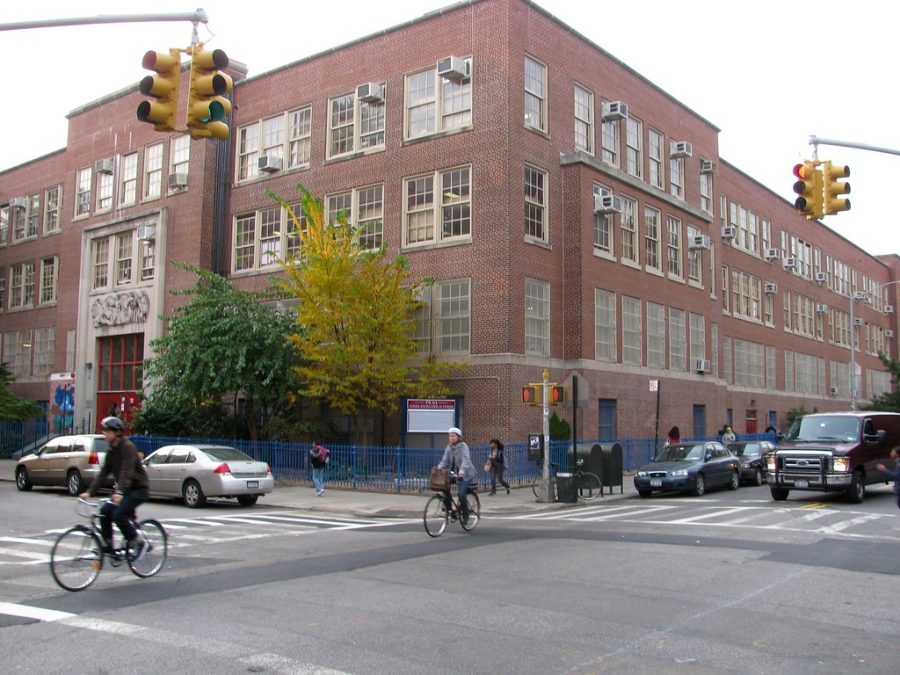Mayor Eric Adams will “electrify” public schools by 2030
November 12, 2022
New York City Mayor Eric Adams has initiated a $4 billion dollar clean energy project to be completed by 2030, in an effort to foster a healthier environment and alleviate some of the detriments to students’ health attributable to climate change.
In the process of executing this plan, referred to as “Leading the Charge,” the Adams administration will work toward making all new city schools upgrade to electric heating systems. In the coming years, it is surmised that 100 existing New York City schools are to strive toward running all-electric.
Boiler systems that operate using oil produce a tremendous amount of combustion. This is deleterious to our environment because once carbon dioxide is produced, hydrocarbons are released into the air. Such gasses in the atmosphere inevitably contribute to the rapid heating of Earth’s surface, resulting in drought, rising sea levels, warming oceans and melting glaciers, leaving humans and animals at risk of developing health complications.
Under this program, the administration will endeavor to install modern systematized technology such as energy-saving LED lights in 800 different schools by the year 2026. Funding and investment would go toward training in the workforce and creating green jobs amid the current climate crisis.
“By doubling down on our efforts to decarbonize school environments — both in school buildings and for student transportation — we are making a significant motivational investment in our future climate leaders,” Deputy Mayor for Operations Meera Joshi said.
These changes will subsequently be led on by growth in countless communities and teach young individuals the essence of protecting the environment as they leap into this newfound shift in combating climate change.
The project plans to reduce emissions to the equivalent of removing 26,000 cars from city streets.
“Schools are the centers of our communities, and it is paramount that our buildings and facilities operate in a way that bolster healthy learning environments for our students and support a cleaner city for New Yorkers, young and old,” New York City Department of Education Chancellor David C. Banks said.
Removing No. 4 heating oil from our institutions would make the air quality safer to breathe in for students and staff members. This plan of action is the beginning of creating a sustainable future, not only for New Yorkers but to other states and nations that are willing to take the first step as well.
The initiative is expected to truncate gas emissions by 120,000 tons each year and remove over 20,000 pounds of minacious particles from the air that cause various illnesses.
A considerable defense from respiratory diseases would follow, reducing the number of hospitalizations often affiliated with air contamination.
Some advocates believe that transforming air quality and creating healthier environments in institutions isn’t where the initiative should be devised, but rather it should begin within the transportation sector.
Bolun Xu, an assistant professor of Earth and Environmental Engineering at Columbia University, argued that the transportation industry should be tackled first since vehicles are effortless to recharge compared to entire buildings.
However, Xu also mentioned that New York City’s buildings are extensive polluters. The daily use of heating and cooking oils contribute to most of the city’s carbon emissions. This can pose a danger to public health, particularly contributing to respiratory illness such as asthma.
Mayor Adams’ plan to electrify NYC schools demonstrates a desire for progressive change that will help shape students’ perception of climate change and health. This prodigious investment is going to be utilized as a source of expansion for the ongoing project and will shed light on the importance of using sustainable energy sources.







